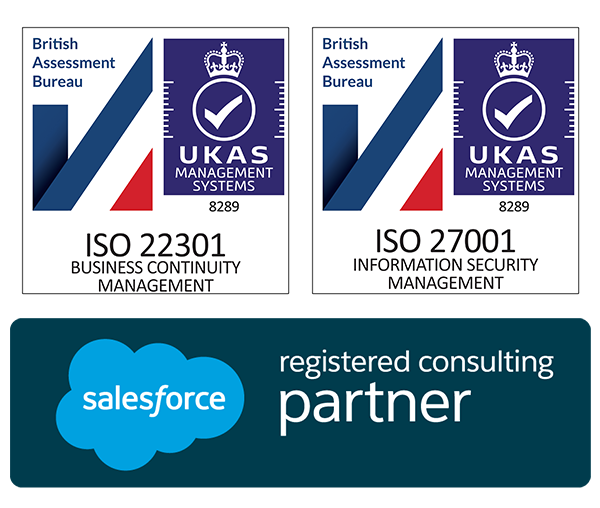
How to Assess Potential Opportunities in a New Market

Growth is an important element of long-term success, particularly in the tech industry. To survive in an increasingly competitive global marketplace, it is not enough to just retain most of your existing customers. You need to leverage the possibilities of new markets as well – and that means scaling internationally. However, premature expansion can have disastrous consequences. Before you make the move, you need to assess the potential opportunities and risks in the new market to ensure the success of your expansion.
Assessing Opportunities: Asking the Right Questions
Companies that fail to ask the right questions before expanding into a new market will invariably face challenges that can slow or outright impede their growth efforts. If your company fails to do its homework, your growth strategy will be doomed before you even begin to execute it. To avoid this outcome, software firms must consider several vital factors before committing to any expansion efforts. The following questions will help you assess the opportunities and size of the market you’re attempting to enter and ultimately determine whether you should take the next step in your development plans.
Who are your target clients?
First of all, you need to be able to identify your target audience. Who are those ideal customers? The answer to this critical question can help you to define the availability of the market and allow you to focus your sales and marketing efforts in the right areas. The best place to start is by analysing your current customer base. What traits do they share? Which clients provide the most revenue for your company? Who are the decision makers?
By examining your existing customers, you can get the insights you need to develop a customer profile that can help you narrow down your client focus for any new market. Your company is most likely to succeed when it targets an audience that shares the same needs and interests as your current clientele.
How big is the market?
Naturally, it is not enough to just identify the type of client who might be willing to purchase your product. To appropriately assess the potential for revenue in the chosen market, you also need to determine how many of those ideal customers exist. There must be a large enough net of prospects for you to target for your offering to be viable. This particular question is not straightforward to answer and requires market research. Look for primary and secondary resources that can provide you with the information you need, such as Google Trends and other sites.
What are potential clients in that market currently using?
Once you’ve identified a pool of likely customers, you then need to know whether your product will be right for them for it to be a success. To do so, you will need to know more about the types of software that your target market currently uses. What does their software stack consist off? What is it lacking? Research those customers’ needs and find out how the programmes they are using meet their demands.
You can then evaluate that information against your own products’ capabilities. Can your software provide benefits that these customers are not currently receiving? How is your solution better than the products that they are using? Are you addressing a gap in the market? The answers to these questions are vital in determining whether there’s a viable market for your offerings.
Who Are My Competitors in that Market?
Lastly, take note of your competition. Unless you have a revolutionary product that has no peers, the chances are that there will be competitors in your target market who are already offering a similar product to your potential clients. Learn everything that you can about those competitors so that you can assess your opportunity for success. Research their products, business practices, service history and if possible reviews, to identify their strengths and weaknesses. You also need to consider the following:
- How does their pricing strategy compare to yours? This information will provide insight about your potential competitiveness and can give you some valuable clues about their customers’ spending, and what they’re willing to pay.
- How are they positioned within the market? What is their market share?
- What are their customers saying? Are there areas in which they are failing to address customers’ real needs? Examine reviews to identify potential areas of opportunity or challenges they may be facing. A general level of dissatisfaction, or a sense that current offerings are mediocre, can serve as a clear indication that your competitors may not be as entrenched in the market as it might otherwise seem.
Learning this information about your competitors can help you determine whether you can reasonably compete in the desired market. You may also glean insight that allows you to narrow down your target audience or provides inspiration for new or modified product offerings. This will all enable you to properly tailor your offerings and message or ultimately provide the early warning you need to delay or cancel your planned entry into that new marketplace.
In conclusion
The bottom line is clear: to give your company the best chance of succeeding internationally; first, you need to analyse the size and value of your new market. Carry out the necessary research, either yourself or through a specialised agency. Use the information to examine how critical factors might impact your odds of achieving a successful expansion. Your analysis will reveal the market as a viable opportunity, or it may expose challenges that need to be addressed before moving forward with your plans. In some instances, you may just discover that your offering is simply not a good fit for that given market. The important thing is that you find out before you commit to your expansion.





Diego
Good and concise